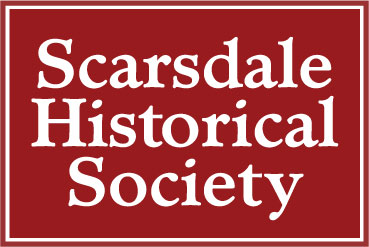Watch the Newly Digitized Film, “Scarsdale in World War II”
/Scarsdale in World War II, created and released by residents in 1946, chronicles how Scarsdalians united and rallied in support of the war effort in the 1940s. It was produced and screened as part of a fundraising campaign for Jewish refugee children.
The original 16mm film was found in storage at the Scarsdale Public Library, and all 1,200 feet of film has been digitized and preserved by the Scarsdale Historical Society. This historic treasure presents a stunning, visual testimony of Scarsdale life in the 1940’s. The footage captures Scarsdale’s landmarks as they appeared almost 80 years ago, including the only-known footage of some sites that no longer exist.
Proceeds from the screening of this film went to a national interfaith organization named “Children to Palestine.” The meaning behind this name requires some explanation, as it could cause some confusion in today’s context. When Jewish children were orphaned and displaced during the Holocaust, one of the few options for resettling them was the area then known as Palestine - before Israel became a nation in 1948. Moved by the plight of Jewish children, Scarsdale residents of all backgrounds united to rescue them from the “land of persecution” and bring them to a “Land of Promise.”
The Scarsdale branch of “Children to Palestine” was founded by two Scarsdale residents: Dorothy Silverstone (of 6 Richbell Close) and Susan Bennett (or 10 Elmdorf Drive). A Junior Committee was formed, and they sponsored the making of this film with the support of Dorothy Silverstone’s husband, Murray Silverstone, who was the President of 20th Century Fox. They were a very philanthropic couple, and it’s worth noting that with all of Murray’s accomplishments in the movie industry, this film was named in his obituary as one of his proud accomplishments.
We conducted some historical research and detective work to identify some of the film locations and prominent residents, and provided this information in captions to help the audience connect and better understand the film. We have a terrific community on Facebook and Instagram that helped us with the detective work.
The film was produced by stage producer Julian Olney and narrated by renowned broadcaster Lowell Thomas.
Other than the captions, the film is presented as originally created. It contains language which may cause offense.
The original film reel has a strong aroma of vinegar, a sign of film degradation. We are fortunate that is was digitized when it was.











